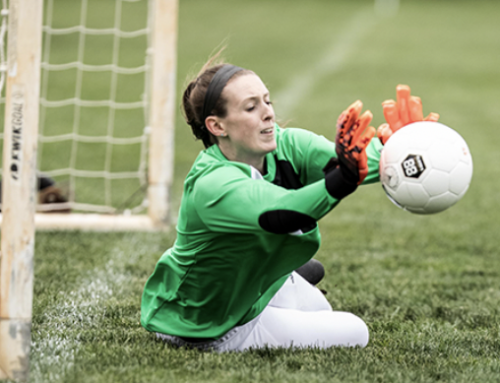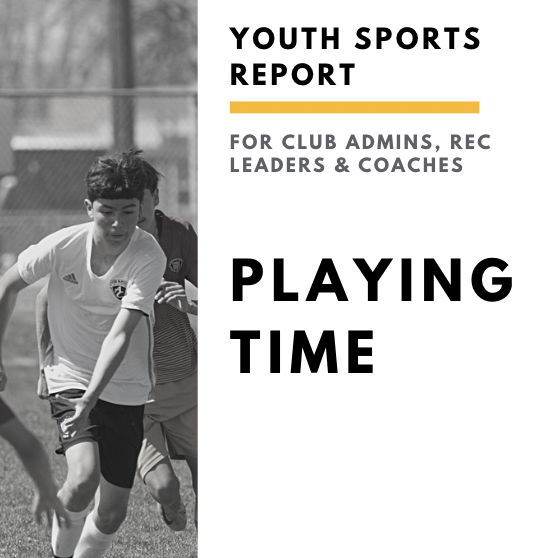Get our exclusive report. Download the iSport360 Club Switching Report Here – For Club Admins, Rec Leaders and Coaches.
Unleashing Potential: Coaches Giving Player Feedback
What is the best way for coaches to provide player feedback? How do you leverage your players strengths to help them improve. This form of constructive criticism possesses immense potential for fostering growth, advancement, and betterment.
However, it necessitates finesse and tact to ensure that such feedback is not only met with open-mindedness but also serves as a driving force for positive transformation in athletes. In this article, we shall delve into the artistry involved in providing feedback on weaknesses while revealing how coaches have the ability to convert perceived deficiencies into avenues for progress.
Understanding the Individual:
Effective feedback starts with a deep understanding of the individual athlete. Each player comes with a unique set of strengths, weaknesses, and learning styles. Coaches must take the time to observe, analyze, and connect with their players on a personal level. This understanding lays the groundwork for providing feedback that is tailored to the individual needs and aspirations of each athlete.
1.Private and Personalized Feedback Sessions:
While addressing weaknesses, it’s essential to maintain the player’s dignity and self-esteem. Private feedback sessions provide a safe space for open communication, allowing coaches to discuss areas of improvement without the pressure of public scrutiny. Personalizing the feedback to each player’s specific situation fosters a sense of respect and individual attention.
2. Focus on Behavior, Not Personality:
When discussing weaknesses, it’s crucial to emphasize behaviors rather than making a critique of the player’s personality. By separating the action from the individual, coaches can help players understand that the feedback is about specific aspects of their performance that can be improved, rather than a judgment on their character.
Constructive Criticism Techniques:
The way coaches frame feedback significantly influences how it is received. Employing constructive criticism techniques ensures that players not only understand their weaknesses but also see them as opportunities for growth.
1. The Feedback Sandwich:
One effective technique is the “feedback sandwich,” where negative feedback is sandwiched between positive comments. This approach helps balance the conversation, making the athlete more receptive to constructive criticism. Starting with praise, addressing the weakness, and concluding with encouragement creates a more constructive and less adversarial atmosphere.
2. Use of Specific Examples:
Vague feedback can be confusing and unhelpful. Coaches should provide specific examples of the observed weakness, illustrating the issue with concrete instances. This specificity helps the player grasp the context of the feedback and facilitates a clearer understanding of the areas that need improvement.
Encouraging a Growth Mindset:
The goal of providing feedback on weaknesses is not just to point out flaws but to instill a growth mindset in athletes. Coaches should emphasize that weaknesses are not permanent limitations but opportunities for improvement and development.
1. Set Realistic Goals:
Help players set realistic and achievable goals related to their weaknesses. Breaking down the improvement process into smaller, manageable steps allows athletes to track their progress and celebrate small victories along the way.
2. Highlight Past Successes:
Remind players of their past successes to reinforce their capabilities. By acknowledging what they have achieved, coaches can boost the athlete’s confidence and create a positive mindset, making them more resilient in the face of challenges.
Building a Supportive Environment:
Feedback on weaknesses should be part of a broader strategy to create a supportive and nurturing coaching environment. When athletes feel supported, they are more likely to view feedback as guidance rather than criticism.
1. Open Communication Channels:
Encourage open communication between coaches and players. Athletes should feel comfortable expressing their concerns, seeking clarification, or discussing their performance. This open dialogue fosters trust and strengthens the coach-player relationship.
2. Incorporate Player Input:
Involve players in the feedback process by asking for their input on areas they believe need improvement. This collaborative approach empowers athletes, making them active participants in their development. It also ensures that the feedback is a two-way street, fostering a sense of ownership in the improvement process.
Summary:
Providing feedback on weaknesses is an integral aspect of sports coaching that requires a delicate balance between honesty and encouragement. When done effectively, it can lead to transformative growth and development in athletes. By understanding the individual, employing constructive criticism techniques, encouraging a growth mindset, and building a supportive environment, coaches can turn perceived weaknesses into stepping stones toward success. Ultimately, the goal is not only to enhance performance on the field but also to contribute to the holistic development of resilient, self-aware, and motivated individuals.
iSport360 is the only app that does it all for youth sports. For more information on what we do, click here.
About the author:
Amy Masters is a sports mom, coach, and club administrator. She has been coaching youth sports for more than 10 years. She started Jr Lions Field Hockey, the youth recreation programf for the Hunterdon County community growing it from 40 players in year 1 to 150 players by year 3. A few years later, she saw the love and competitiveness grow then started Omega Field Hockey Club serving NJ and PA players. Prior to coaching, she was a collegiate field hockey player for Lock Haven University. In her spare time (lol), she is head of marketing for iSport360, where she brings her love of sports to a bigger audience.
Learn more or request a demo of our youth sports software that is helping teams improve communication, organization and player development.
November 28, 2023






